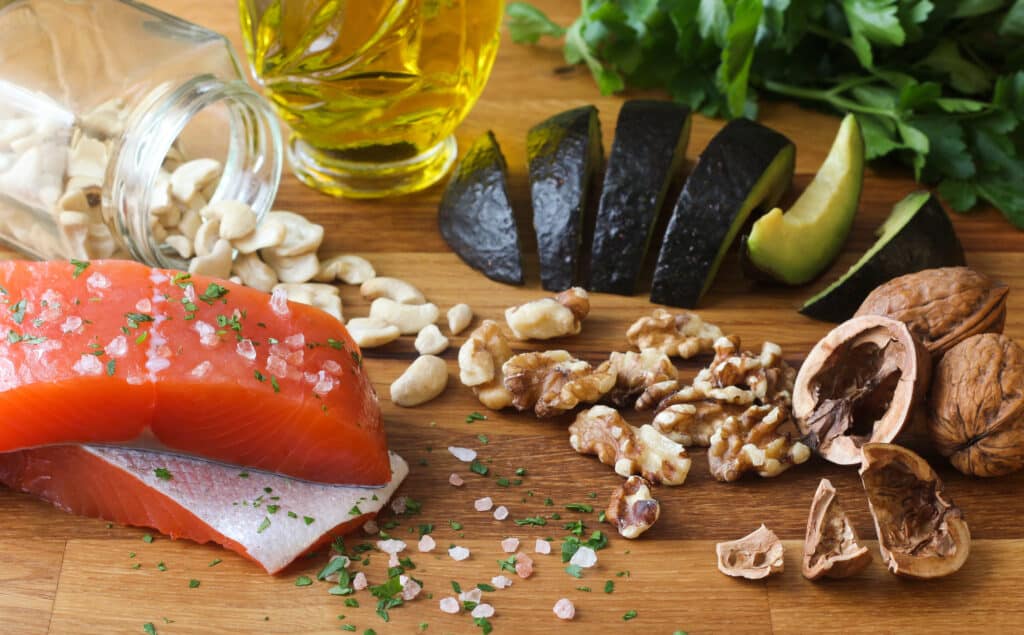
Inflammation is a natural response by our bodies to protect us from harmful stimuli and promote healing. However, chronic inflammation can lead to various health issues such as heart disease, diabetes, and even cancer. One way to combat chronic inflammation is through an anti-inflammatory diet pattern. As a dietitian, I have seen firsthand the transformative power of this type of eating plan on my clients’ health and well-being. In this blog post, I will dive into what an anti-inflammatory diet entails, its benefits, and how you can incorporate it into your own lifestyle.
An anti-inflammatory diet focuses on consuming whole foods that are rich in antioxidants, phytonutrients, and essential nutrients. This means incorporating plenty of fruits, vegetables, whole grains, nuts, seeds, and healthy fats like olive oil and fatty fish into your meals. These foods have been shown to reduce inflammation in the body and support overall health. On the other hand, processed foods high in sugar, unhealthy fats, and artificial additives can promote inflammation and should be limited or avoided altogether.
In addition to choosing the right foods, it’s also important to pay attention to how you prepare them. Cooking methods like grilling, frying, or deep-frying can produce harmful compounds that may increase inflammation in the body. Instead, opt for gentle cooking techniques such as steaming, sautéing in olive oil, or roasting at lower temperatures to preserve the nutrients in your food.
Another key component of an anti-inflammatory diet is staying hydrated. Drinking plenty of water throughout the day helps flush out toxins from your body and keeps your cells functioning optimally. Herbal teas like green tea or ginger tea are also great choices as they contain antioxidants that can help reduce inflammation.
It’s not just about what you eat but also when you eat that matters when following an anti-inflammatory diet pattern. Incorporating regular meal times and avoiding prolonged periods of fasting can help stabilize blood sugar levels and prevent spikes in inflammation. Aim for balanced meals that include a source of protein (e.g., lean meat, tofu), healthy fats (e.g., avocado, nuts), fiber-rich carbohydrates (e.g., whole grains), and plenty of colorful fruits and vegetables.
Lastly, remember that consistency is key when it comes to reaping the benefits of an anti-inflammatory diet. Making small changes over time can lead to big improvements in your overall health and well-being. Listen to your body’s cues and make adjustments as needed based on how certain foods make you feel. Consulting with a registered dietitian can also provide personalized guidance tailored to your specific needs.
In conclusion, adopting an anti-inflammatory diet pattern can have profound effects on reducing chronic inflammation in the body and improving overall health outcomes. By focusing on whole foods rich in antioxidants and nutrients while avoiding processed foods high in sugar and unhealthy fats, you can support your body’s natural healing processes. Remember to stay hydrated, choose gentle cooking methods, eat balanced meals regularly, and seek guidance from a healthcare professional if needed. With dedication and consistency, you’ll be well on your way to experiencing the many benefits of an anti-inflammatory diet.
If you have any questions or would like to explore further, please book a free, no-charge online appointment with a Kitchener Dietitian at CARESPACE. We are happy to listen and are here to help!

